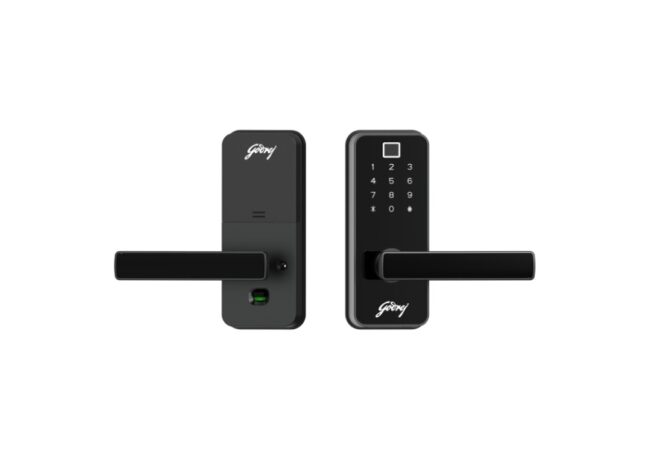
How to Fix the WordPress Update Required Database Error
WordPress is a powerful platform for creating and managing websites, but like any software, it can encounter errors that need troubleshooting. One common issue that WordPress users may encounter is the “Update Required” database error. This error message typically appears when there is a mismatch between the WordPress core files and the database version. In this guide, we’ll explore what causes this error and how to fix it effectively.
Understanding the “Update Required” Database Error
The “Update Required” database error in WordPress indicates that the database schema version expected by WordPress does not match the actual database schema version. This can happen due to various reasons:
- Incomplete Update: If a WordPress update is interrupted or not completed successfully, it can lead to a mismatch between the core files and the database.
- Manual Changes: Making manual changes to the database structure without updating WordPress core files can cause version discrepancies.
- Plugin or Theme Issues: Sometimes, incompatible plugins or themes can trigger database errors, especially if they rely on outdated database structures.
Steps to Fix the Error
Here are the steps you can follow to fix the “Update Required” database error in WordPress:
1. Backup Your Website
Before making any changes, it’s crucial to back up your WordPress website. You can use plugins like UpdraftPlus, BackupBuddy, or your hosting provider’s backup tools to create a full backup of your site, including the database.
2. Update WordPress Core
The first step is to ensure that your WordPress core files are up to date. Log in to your WordPress admin dashboard and navigate to the Dashboard > Updates section. If there’s a new version of WordPress available, click on the “Update Now” button to update your core files.
3. Check Plugins and Themes
After updating WordPress core, check for updates to your plugins and themes. Outdated plugins or themes can also cause database errors. Update all plugins and themes to their latest versions. If any plugin or theme is no longer supported or causing compatibility issues, consider replacing it with an alternative.
4. Verify Database Structure
Sometimes, the database structure itself may need to be updated. You can do this by accessing your website’s database using a tool like phpMyAdmin (usually available in your hosting control panel). Once in phpMyAdmin, select your WordPress database and look for the wp_options table. Check the db_version value in this table. Compare it with the latest WordPress version’s database version. If they don’t match, you may need to run the WordPress database upgrade manually.
5. Manually Run Database Upgrade
To manually run the database upgrade, you’ll need to add a line of code to your site’s wp-config.php file. Open the wp-config.php file in a text editor and add the following line just before the “That’s all, stop editing!” comment:
Replace “yourdomain.com” with your actual domain name. This will open the WordPress database repair tool. Click on the “Repair Database” button to run the upgrade process.
6. Clear Cache and Test
After completing the database upgrade, clear any caching mechanisms you have in place (such as caching plugins or server-level caching) to ensure that the changes take effect. Test your website thoroughly to confirm that the “Update Required” error has been resolved.
7. Monitor for Further Issues
Keep an eye on your website for any recurring database errors or issues. Regularly update WordPress core, plugins, and themes to prevent future compatibility problems.
8. Identify and Remove Unused Plugins and Themes
Unused plugins and themes not only take up valuable space but can also cause conflicts and compatibility issues. Regularly review your installed plugins and themes and deactivate or delete any that are no longer needed.
9. Use a Reliable Hosting Provider
A reliable hosting provider can greatly contribute to the stability and performance of your WordPress website. Choose a hosting provider that offers optimized servers for WordPress, automatic backups, and excellent customer support.
10. Implement a WordPress Maintenance Plan
Regular maintenance is key to keeping your WordPress site running smoothly. Create a maintenance plan that includes tasks such as updating WordPress core, plugins, and themes, optimizing database tables, and performing regular backups.
11. Monitor Error Logs
WordPress generates error logs that can provide valuable insights into issues affecting your site. Monitor error logs regularly to identify any recurring database errors or other issues that need attention.
12. Consider Using a WordPress Maintenance Plugin
WordPress maintenance plugins can automate many maintenance tasks, including database optimization, security scans, and performance checks. Consider using a reputable maintenance plugin to streamline your site maintenance efforts.
13. Optimize Database Tables
Over time, database tables can become bloated with unnecessary data, slowing down your site. Use plugins like WP-Optimize or WP-Sweep to optimize your database tables and improve performance.
14. Implement Security Measures
Database errors can sometimes be caused by security vulnerabilities. Ensure that your WordPress site is secure by using strong passwords, keeping plugins and themes updated, using SSL certificates, and implementing security plugins.
15. Seek Professional Help if Needed
If you’re unable to resolve the “Update Required” database error on your own or if you’re not comfortable making database modifications, consider seeking help from a professional WordPress developer or a WordPress support service.
Conclusion
The “Update Required” database error in WordPress can be resolved by following these steps: backing up your website, updating WordPress core, checking plugins and themes, verifying the database structure, manually running the database upgrade if necessary, clearing cache, and monitoring for further issues. Learn more


